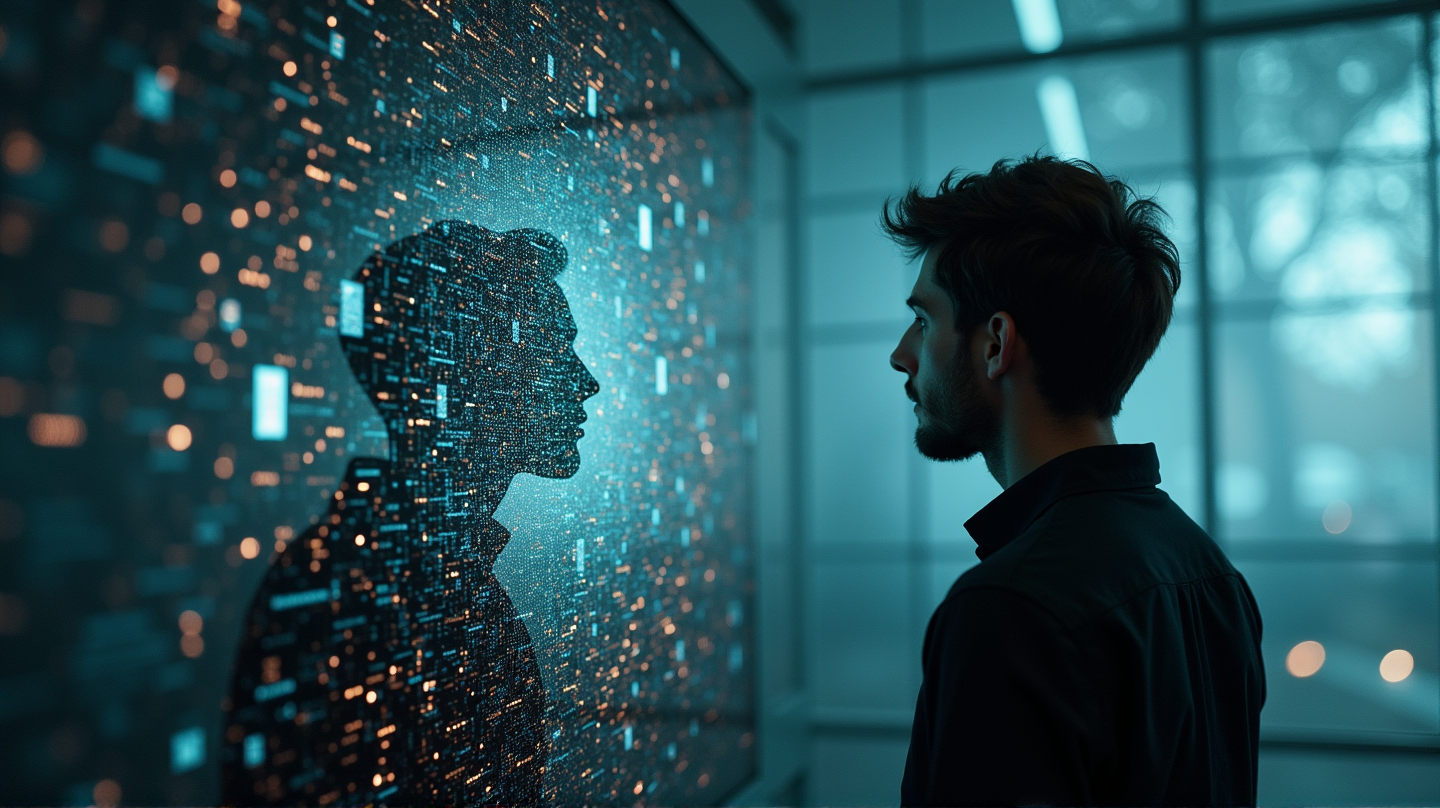In the sprawling landscape of the digital age, where technology and creativity intersect, a profound realization emerges—a question of originality. The issue with Large Language Models, capitalized here as if they were deities within the tech industry, transcends the quaint novelty of text generation. The more pressing conundrum, akin to awakening from an autopilot trance on the highway, provokes an unsettling introspection: long before AI began autocompleting our thoughts, were we already living as algorithms?
Are We Predetermined?
What if, in its mimicry of human writing, generative AI is not just a novelty but a revelation of our mechanical cognition? Beyond Shakespearean mastery or teenage love notes, AI merely predicts, arranging tokens in probabilistic sequences. But the disconcerting query arises here—how much of our writing was always just this? As language unwinds into a game of Tetris with borrowed phrases and mimicry, what if the truth reveals we were machine-like all along?
Rethinking the Writer’s Craft
Witness the writer’s process boiled down to Large Language Model mechanics—a blend of memory scanning for probable words rather than divine musings. Romantic notions of writing as an arcane human endeavor, a dance with inspiration, unravel into predictions. As we scrutinize this act of sophisticated pattern prediction, an existential doubt seeds itself—if writing reflects predictive assembly, then what is ‘thinking’? Could human consciousness be as mechanical as the tasks AI now fulfills seamlessly?
The Home Truth of Formulaic Writing
Clinging to uniqueness, humans resist mechanized creativity, proclaiming AI’s inability to feel, yearn, or doubt like us. Yet, brutally honest reflections unveil that much of our writing repackages recycled ideas and tropes. The cliched forms AI convincingly replicates point not to AI’s acumen but to our predictable formulaic nature. Perhaps, AI, devoid of existential dread or writer’s block, simply mirrors the soulless predictability that permeated human output from the start.
Resisting an AI-Induced Homogenization
In low moments, fear of a future dominated by AI holds a mirror to our literary mediocrity. Flattened discourse, homogenized content, and a nahing dread linger below every line of digital output, confronting us with our existential plight in the Age of Large Language Models. Yet, the crucial element distinguishing machines from humanity remains—suffering. As AI churns content effortlessly, without the burden of self-doubt or creative insecurity, the lingering question remains—what happens when AI learns to mimic this too?
Embracing the Illusory Magic
For now, in this era of technological sophistication, the magic of a well-crafted sentence or a heartfelt note persists, no matter how illusory it may be. As neural networks collaborate, generating ideas and editorial tweaks, the essence of human writing—overthinking, self-doubt, and diction anxiety—remains irreplicable. It is this narrative—one of human questioning, reflection, and doubt—that cements our relationship with creativity, even against the backdrop of AI’s rise. According to HackerNoon, embracing this journey allows us to delve deeper into the heart of what it means to create.
